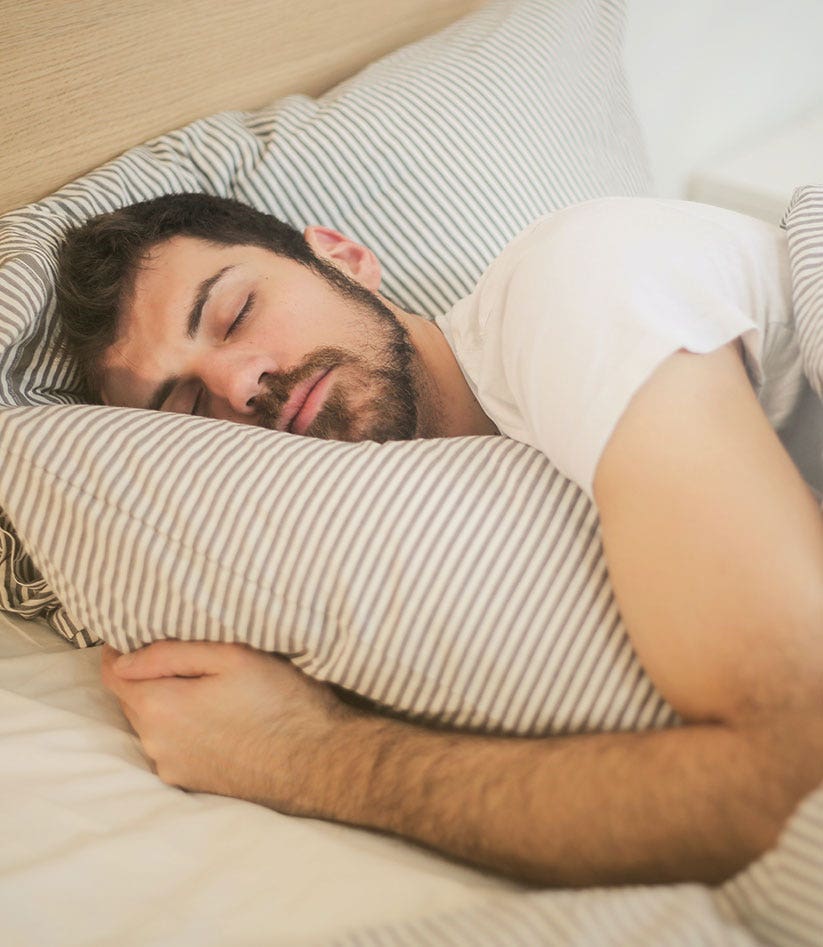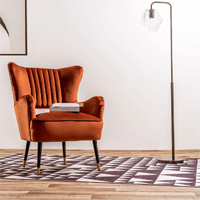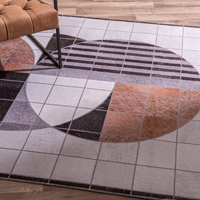What are the Best Sleeping Positions? | Benefits & Drawbacks
The ideal sleep position is the one that promotes and improves healthy spinal alignment from your hips to your head. While there are different sleeping positions, there are some that are considered healthier than others.
For instance, sleeping on your side or back is considered to have more benefits when compared to sleeping on your stomach. It maintains your back support, enabling your muscles to relax and recover overnight. And if you find other sleeping positions that feel good for you, don’t force yourself to change them. Instead, you can simply minimize the potential risk of pain by using the right mattress and pillow that will improve your spine support.
Here is a quick overview of the different sleeping positions, their benefits and drawbacks.
Side Sleep Position
Research shows more than 60% of people, specifically, men, spend more time sleeping on the side than women. As children, we sleep in all positions. However, by adulthood, a clear preference for side sleeping rises. With this, the flexibility of our spine reduces with age, making us feel more comfortable sleeping on the side as we grow older.
Side is the best sleeping position for:
- Pregnant women
- People having acid reflux
- Back and neck pain issues
- People who snore or have sleep apnea
- The elderly
Cons of side sleeping:
- People who face shoulder pain
- People who are worried about getting wrinkles




Stomach Sleep Position
Stomach sleep is amongst the least popular sleep positions. Studies show we spend less than 10% of sleeping in this position. However, sleeping on your stomach does have a few benefits. It can help reduce snoring by opening up your airway. But, since your ribs work against gravity in this position, it would require more energy for you to breathe when lying on your stomach - leading to potential restless sleep at night.
Stomach is the best sleeping position for:
- Lowering the side effects of sleep apnea
- Reducing obstruction of airways will lead to less snoring
- Helping in digestion
Cons of stomach sleeping
Stomach sleeping comes with a lot of drawbacks and it is ideally not suitable for:
- Pregnant women
- People facing neck or back pain
- People who are worried about getting wrinkles
Tips for sleeping better on your stomach
- Sleep on a thin pillow or no pillow at all. This will help with the right positioning of your head and neck
- Keep a pillow under your pelvis as it will help shape your back in a more neutral position, taking the pressure off your spine.
- Get into the routine of doing morning stretches.
Back Sleep Position
Lying on the back is the second most popular sleep position that comes with a lot of benefits. Back sleep position enables your spine to be aligned and moreover, your body weight gets evenly distributed - avoiding any possible aches in the back or neck. It also reduces congestion of stuffy nose or allergies as long as you prop yourself in an upright position. Since your back is facing down, there are fewer chances for you to develop wrinkles from mattresses or pillows.
Back is the best sleeping position for:
- People facing lumbar spinal pain
- People who are worried about getting wrinkles
- People facing neck pain
- People having stuffy noses or allergies
Cons of back sleeping:
- Not advisable for pregnant women
- Not meant for people who snore or have sleep apnea
- Not suggested for people with any kind of back pain
- Not suitable if have GERD or acid reflux
- Not recommended for heavier sleepers
- Not advisable sleeping possible for the elderly






A comfy mattress lets you
relax and recharge
Lorem ipsum dolor sit amet, consectetur adipiscing elit.
Nullam luctus leo non efficitur eleifend. Curabitur tortor
nisl, lobortis ac enim ut, aliquam bibendum magna. Cras a
malesuada nisi. Integer malesuada dolor ac sodales pre-
tium. Maecenas sollicitudin nisi sit amet.























